Cobh, pronounced “Cove” and formerly named Queenstown, is a seaport town on the south coast of County Cork in Ireland. Once upon a time, Cobh functioned as a major transatlantic port serving many passenger ships heading to and from the United States of America.
For many Irish seeking to migrate to the USA for a better life at the time, Cobh was their final stop on the island of Ireland.
Cobh is located some 22 kilometres from Cork city, and is connected to Cork by suburban/commuter trains.
This journey was first published on this site on 8.4.2019 as part of a post on my Summer 2018 visit to Cobh.
Table of Contents
Buying the tickets
Tickets for all commuter services in Ireland can be bought online at Irish Rail’s website, or at the departing station. As there are unlimited tickets for the commuter trains, you can usually just buy them at the station before you travel with no issues. You can also pay for your journey using the Leap card by tapping in and Cork and tapping out at Cobh.
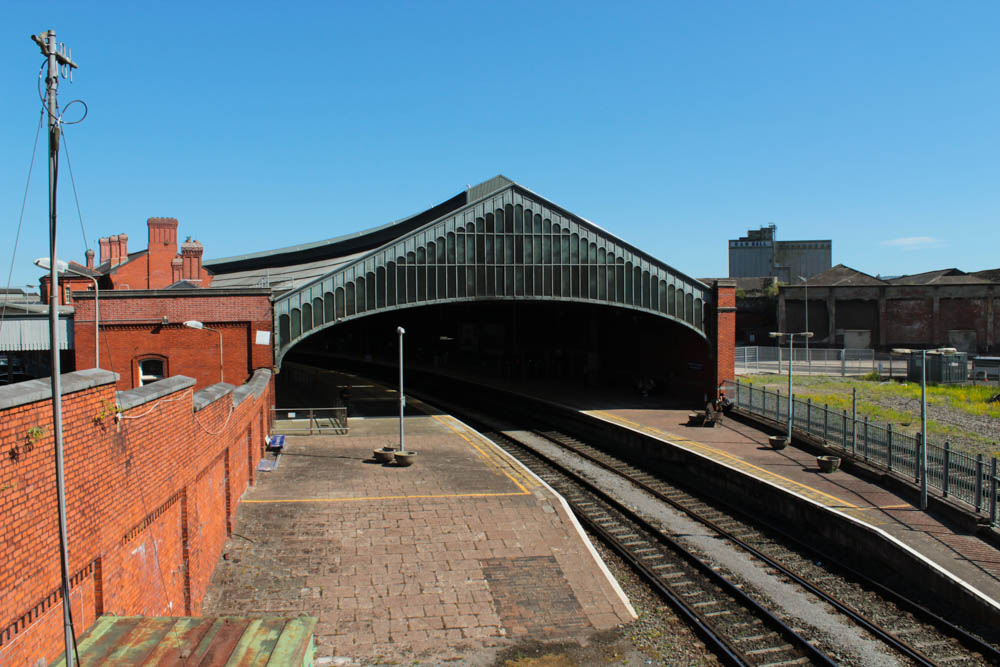
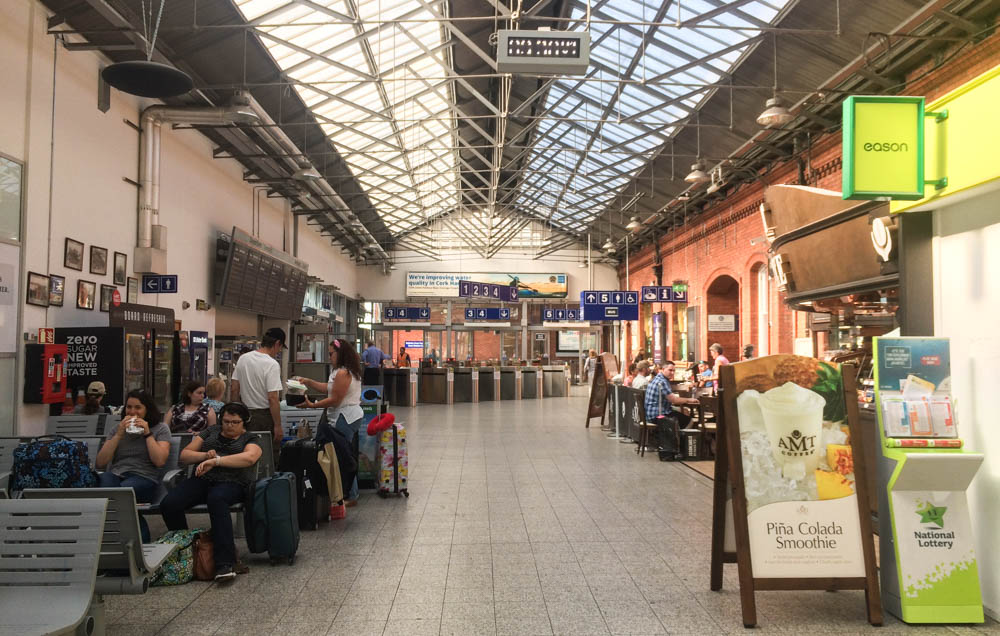
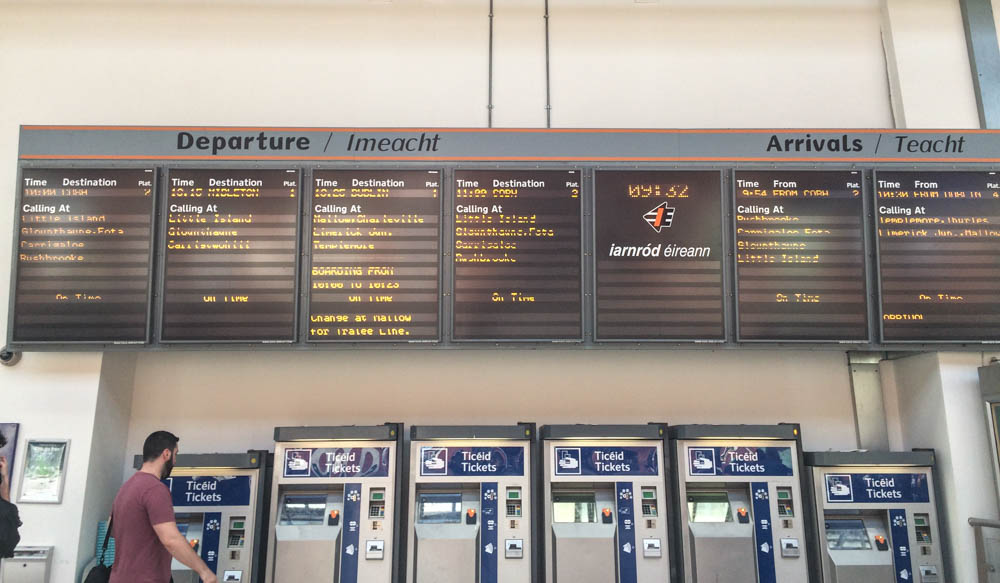
I bought my day return ticket at Cork (Kent) station on the ticket machine for €10.00. Irish Rail’s ticket machine accepts both cash and card (PIN) for payment.
Service schedules
The Cork suburban trains are a set of scheduled trains running between Cork and Midleton, and between Cork and Cobh. All trains serve Cork, Little Island, and Glounthane, before splitting to Midleton or Cobh.
The line map on Irish Rail’s website displays Mallow as part of the suburban services to Midleton and Cobh, which is inaccurate as all services from Mallow terminate at Cork and do not continue on to Midleton and Cobh. This is most recently reflected in the December 2022 timetable on Irish Rail’s website.
The current scheduled intervals as of January 2023 are 30 minutes and 1 hour during weekday peak and off-peak hours respectively. All trains run on an hourly scheduled interval on Saturdays and Sundays. Journey times to Cobh are between 26 to 30 minutes.
For the latest timetables, please visit Irish Rail's Timetables page.
How are the trains like?
The Cork suburban services are operated by Class 2600 Diesel Multiple Units (DMU) built by Japan’s Tokyu Car Corporation in 1993. Before being transferred to the Cork suburban services, these DMU sets served commuter services between Dublin and Kildare and were transferred to the Cork services in 2010.
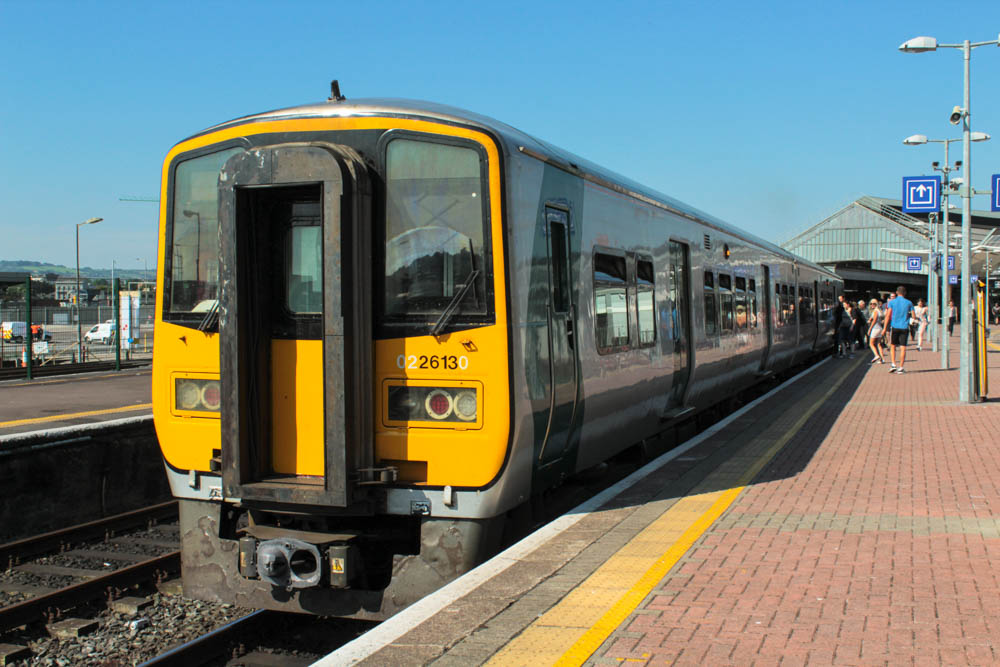
The seating on the trains are in a 2-2 arrangement, with facing perpendicular seats. The seatback is cushioned and is quite comfortable for a commuter train.
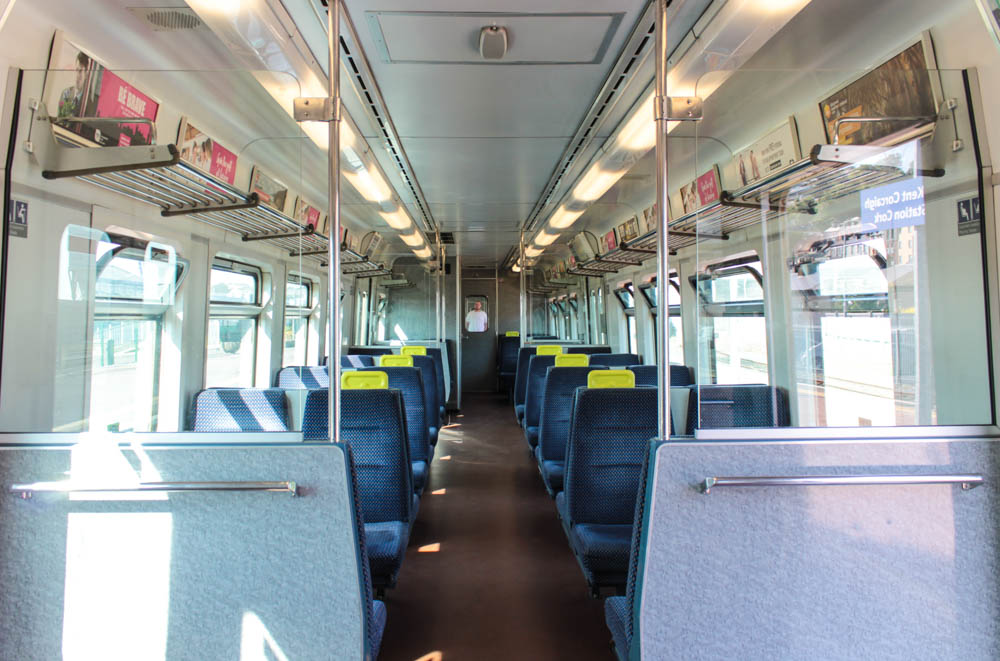
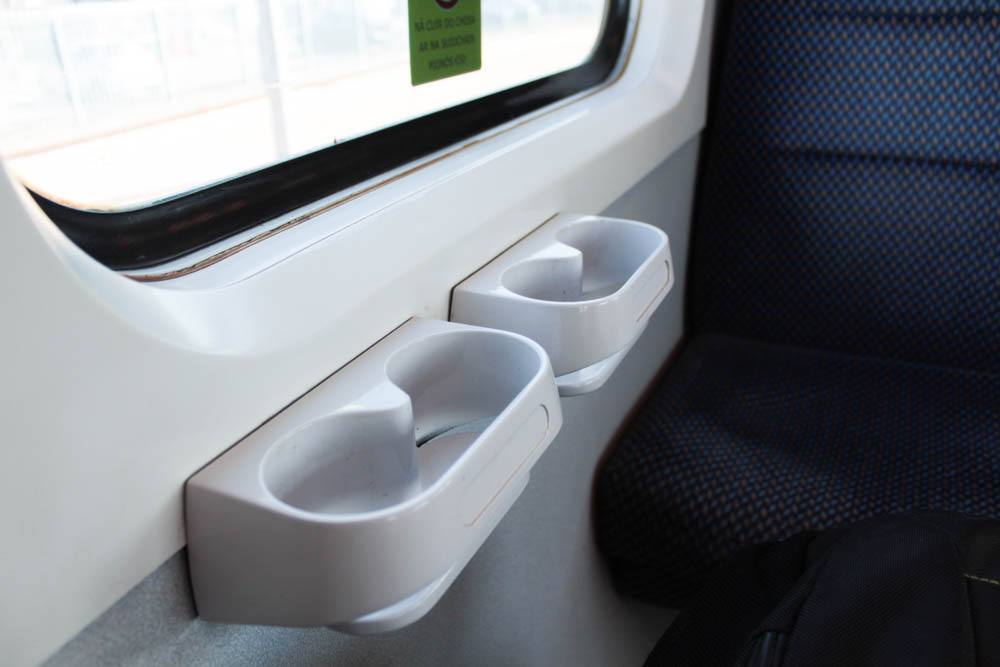
There are small cupholders by the window. The trains also apparently feature toilets, but I didn’t get to check that out.
The ride to Cobh
The view along the line to Cobh is quite scenic. Cork isn’t a very big metropolitan area, which means the urban scenery gives way to green, rural Irish views pretty fast. It reminded me of the view when taking the trains out of Belfast, to be honest.
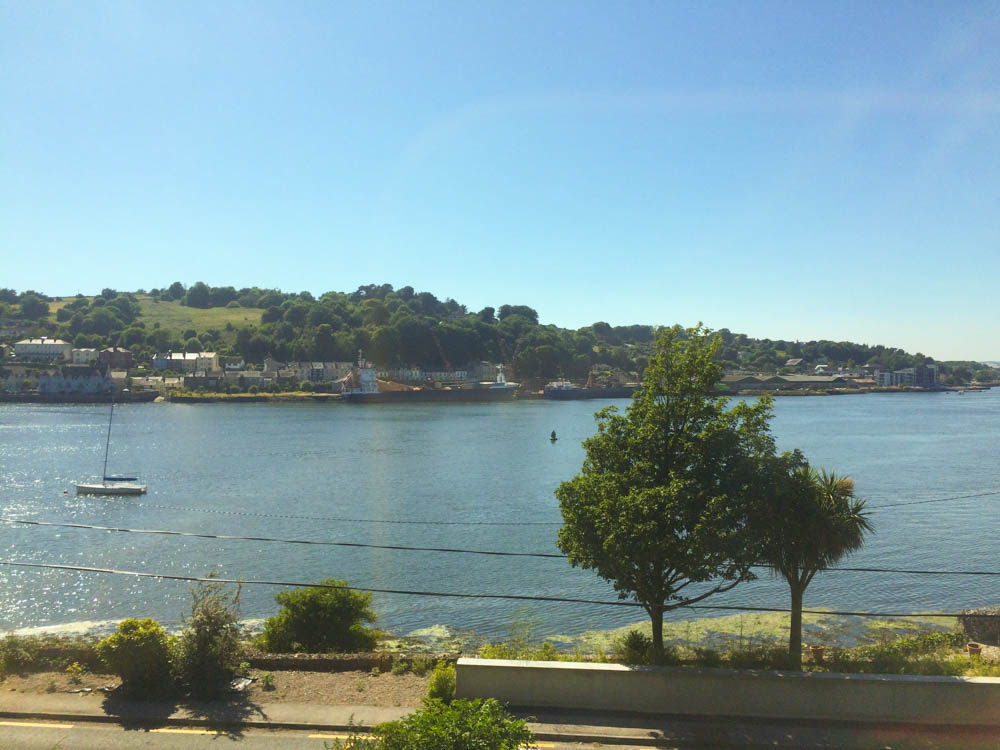
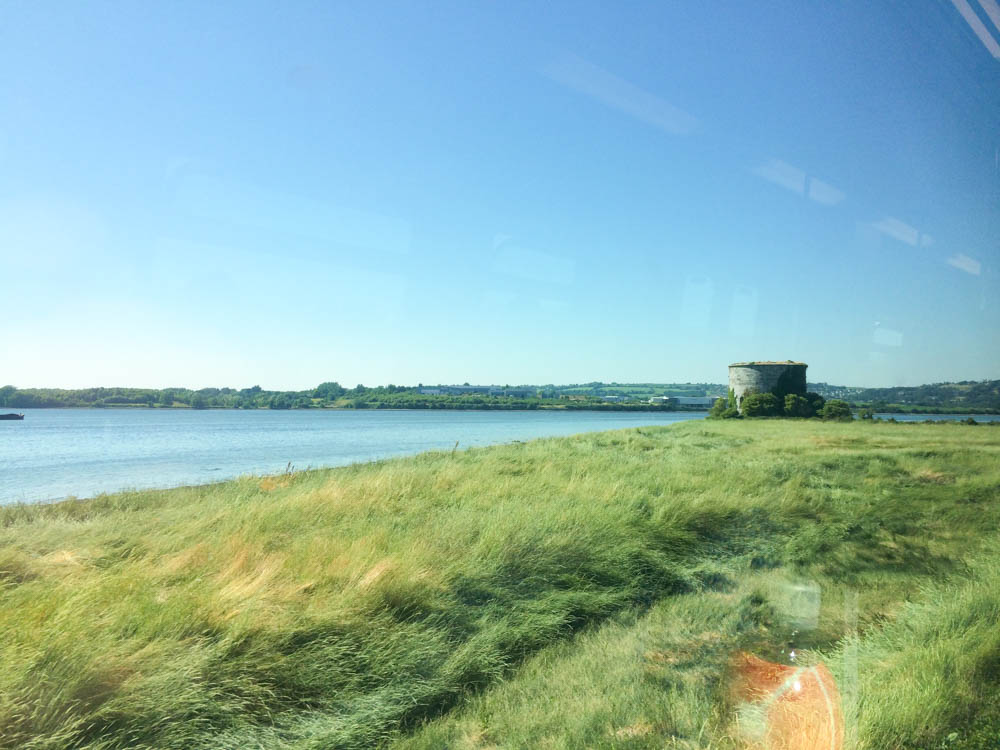
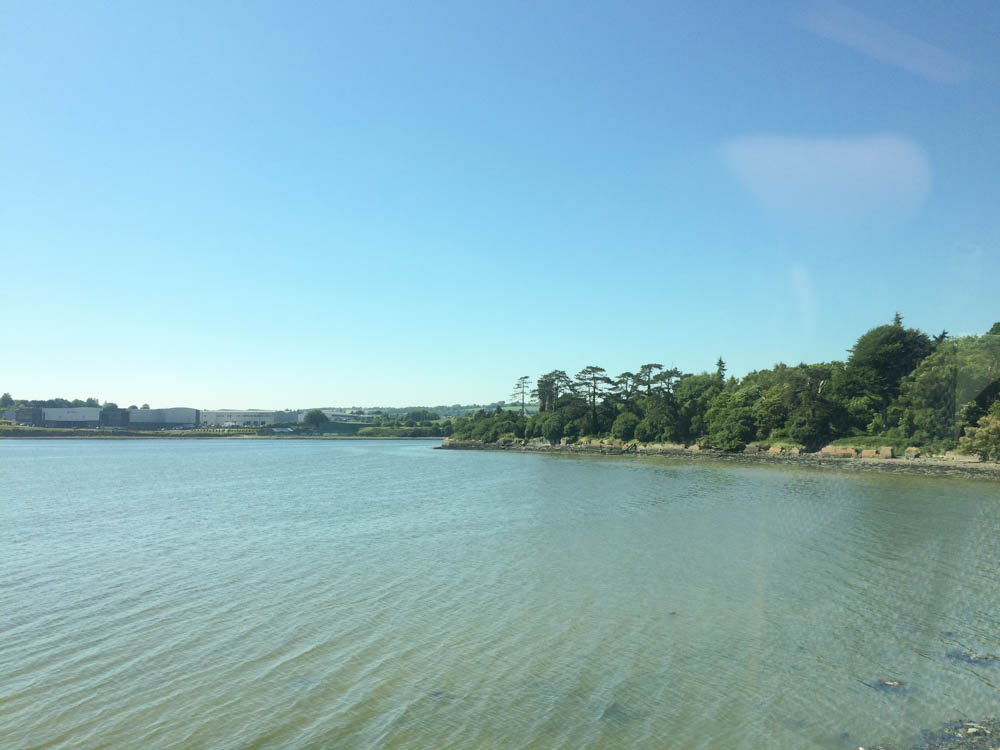
Arrival at Cobh
The ride will be over before you know it as the train pulls into Cobh station some 25 to 30 minutes after departing Cork. Cobh station is next to the Cobh Cruise Terminal, and used to be a lot bigger and more important. These days it is much quieter and is fitted out only with ticket machines and a Leap card reader.
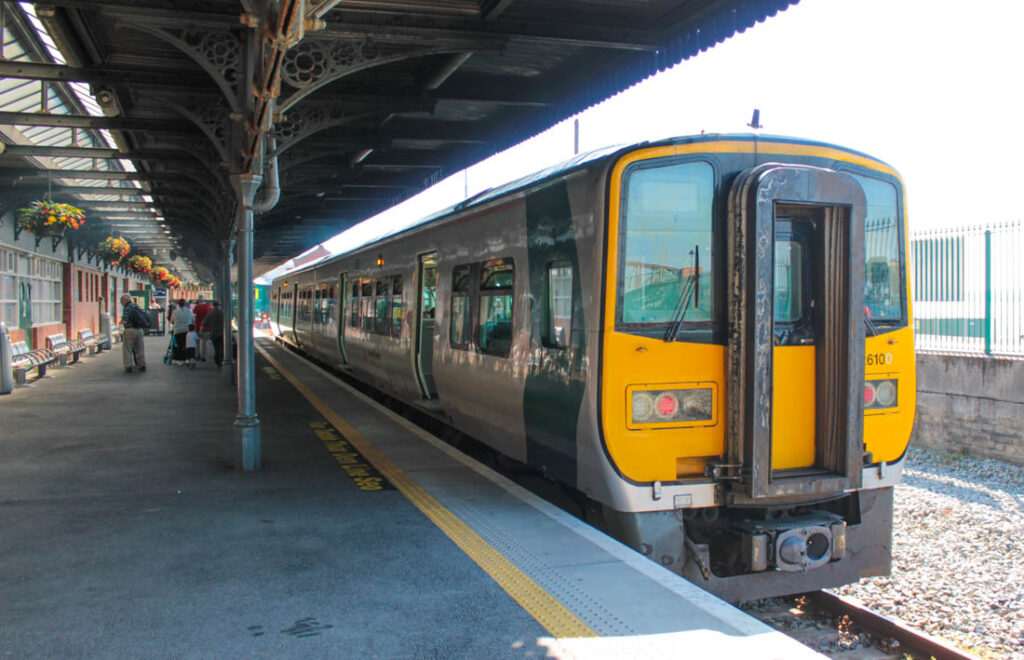
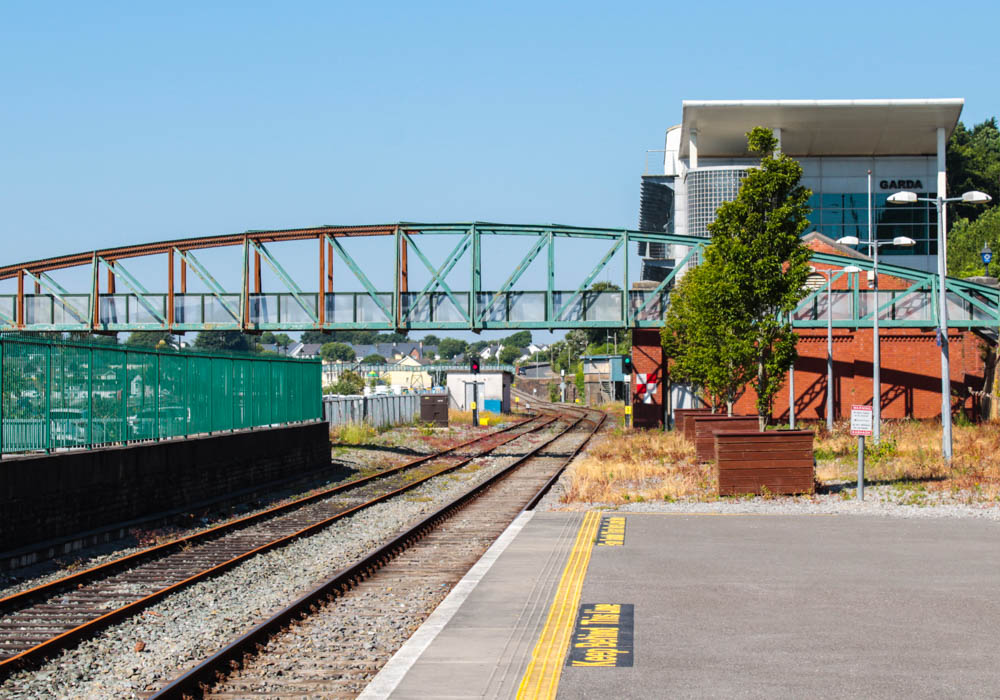
While Cobh station has a main hall, passengers today enter and exit the station through a side door. The main hall is now the Cobh Heritage Centre, a museum dedicated to the long history of Irish emigration, and is well worth a visit before you make the walk down to the town itself.
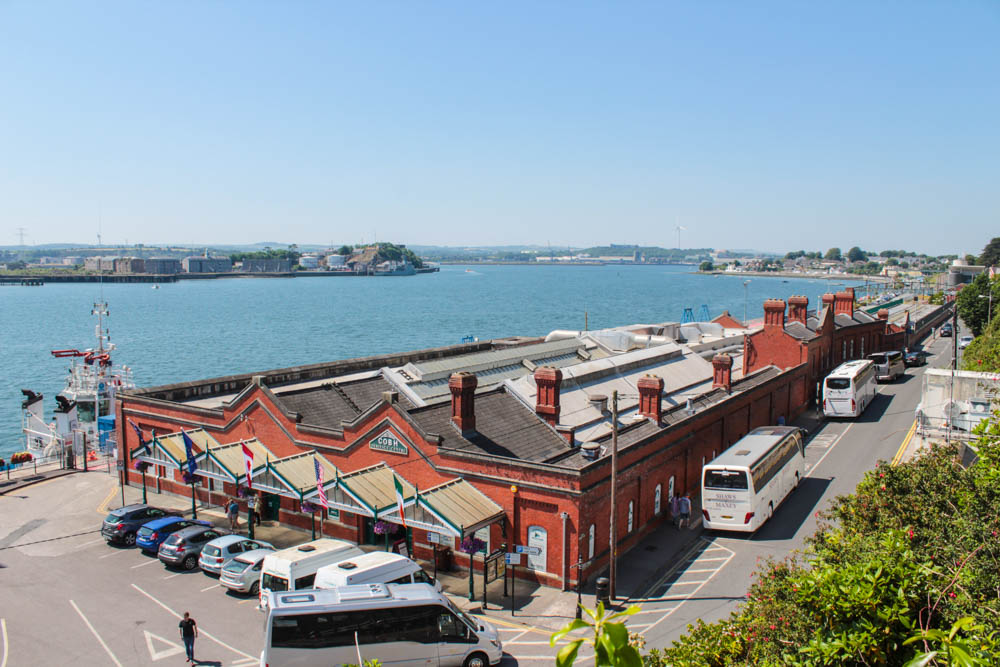
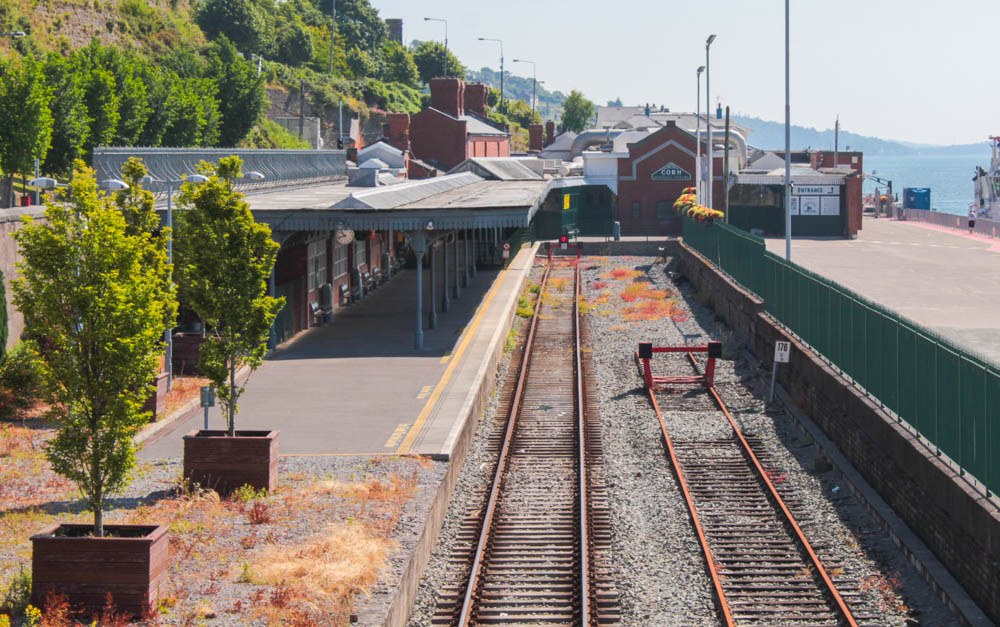
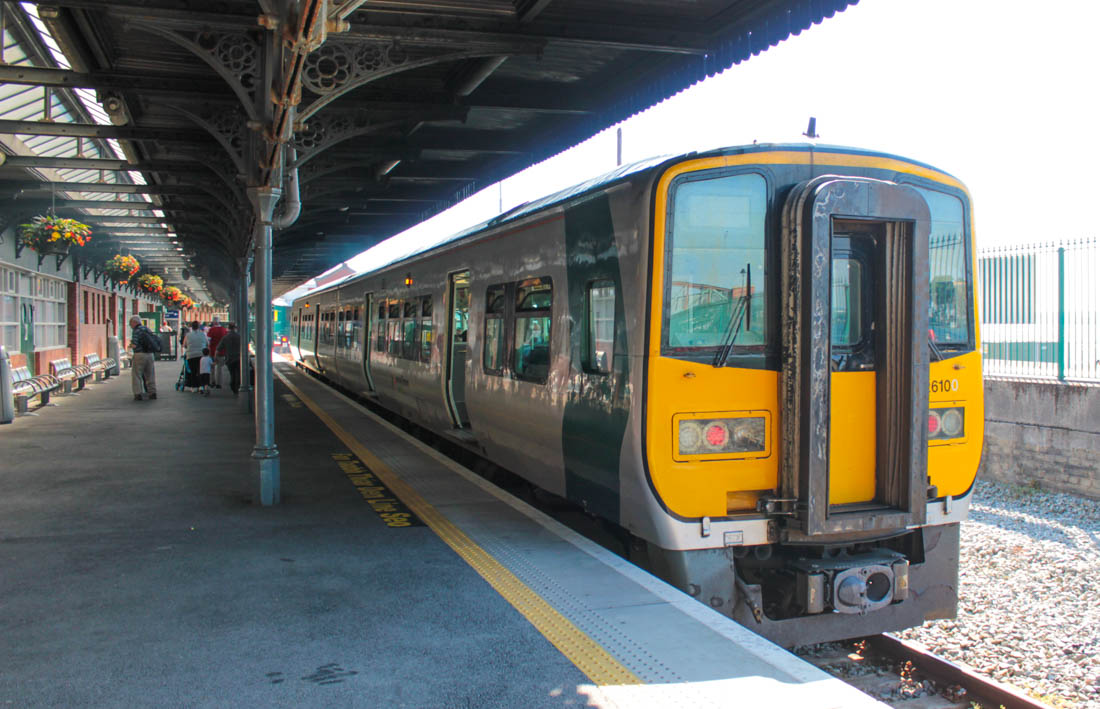
Comments
One response to “Iarnród Éireann: Taking the Cork suburban train to Cobh”
[…] is connected to Cork via the Cork suburban railway network. The return ticket cost me €10.00, and the journey takes 26-30 minutes in each […]